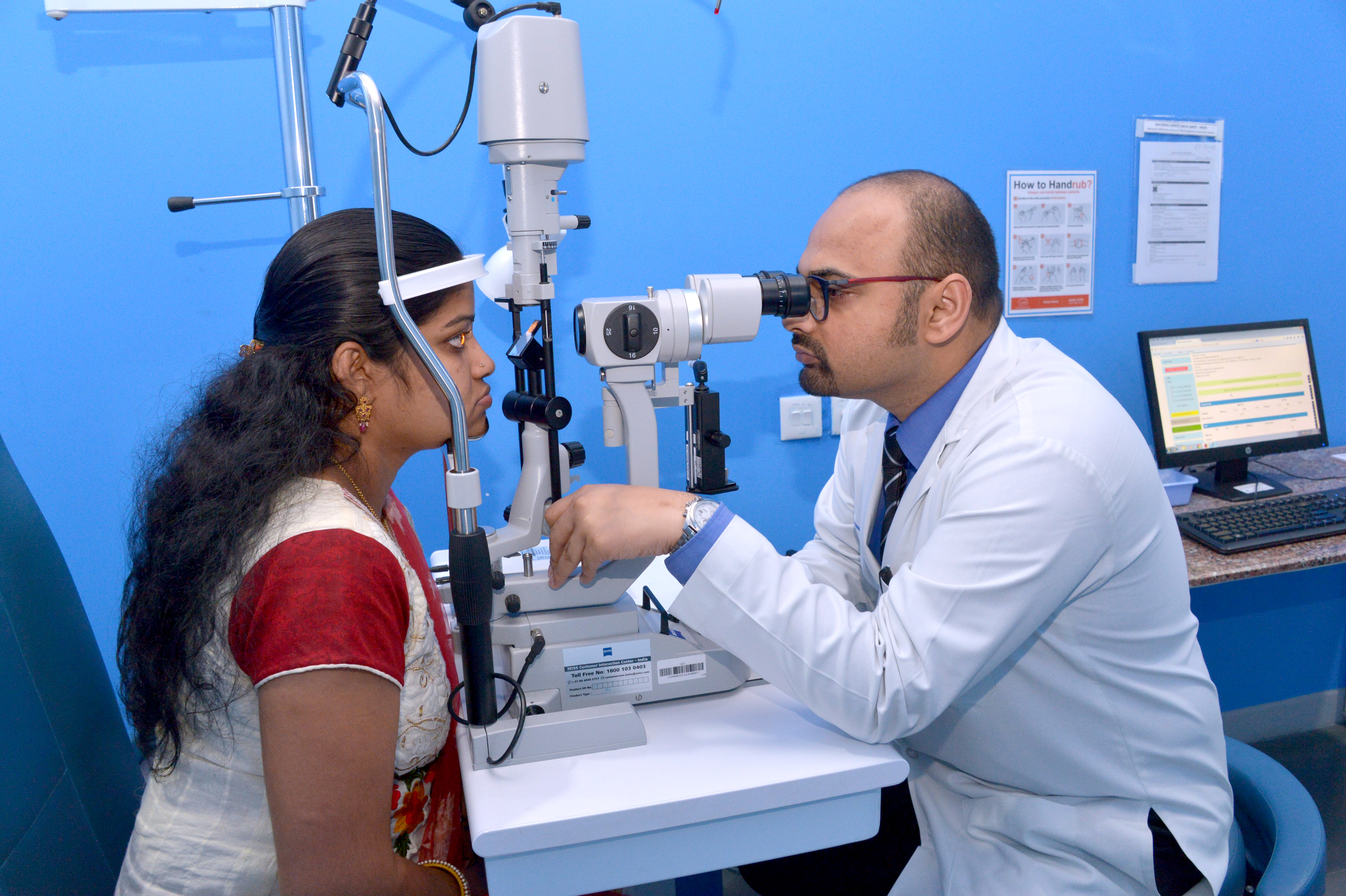Editorial – Ocular Surface Disorders

Related content
The ocular surface comprises the cornea, conjunctiva, eyelids and lacrimal glands and any disorder in these structures can be classified as an ocular surface disorder (OSD). Though the prevalence of OSD is quite high, unfortunately, cases often go undiagnosed or undertreated, due to a lack of understanding of symptoms, and inaccurate evaluation. As people are living longer, these disorders are becoming more prevalent, but awareness about them is quite limited.
OSD includes conditions like Dry Eye Disease (DED), blepharitis and meibomian gland dysfunction (MDG), allergic eye diseases (AED), chemical and thermal burns and so on. Ocular surface diseases can severely affect eyesight and quality of life, and in severe cases, cause blindness. The mode of presentation as well as the severity varies in different populations and this issue will focus on the presentation of OSD in South Asia.
For DED there are no population based studies in South Asia. There are few hospital-based reports published, but the prevalence is quite variable.1-4 This is probably due to differences in geographic location as well as lack of standardized questionnaires and objective tests to confirm a diagnosis of dry eye. It’s known that increasing age is one of the risk factors for DED; so with an ageing population, we are likely to see more DED in South Asia.
Allergic conjunctivitis (AC) represents a spectrum of disorders comprising seasonal allergic conjunctivitis (SAC), perennial allergic conjunctivitis (PAC), atopic keratoconjunctivitis (AKC), vernal keratoconjunctivitis (VKC) and giant papillary conjunctivitis (GPC). The most common types are SAC and PAC, which are self-limiting conditions and rarely cause significant ocular damage. On the other hand, AKC and VKC are severe and can affect the cornea and lead to vision loss, either due to the disease itself or due to side effects of corticosteroids, which is one of the mainstays of therapy. Some data on AKC / VKC is available from India, Nepal and Pakistan,5-7 however it is difficult to compare studies as there is no standard validated survey instrument, and so extrapolation of this data to other populations become limited.
For ptyergium, a higher prevalence has been reported from countries with increasing geographic latitude and with age.8, 9-10 One of the major risk factors identified is ultraviolet light exposure due to outdoor occupations. Other risk factors are male gender and those residing in rural areas.8 The mainstay of therapy is surgical excision and different techniques have been described, of which covering bare sclera with conjunctival autograft probably has the lowest rate of recurrence.
Common ocular burns are chemical or thermal, with most chemical burns being due to either acid or alkali. The majority of these chemical burns occur in young males, with lime (chuna) being an important cause. Different classification systems are available including Hughes, Roper-Hall, Dua and Holland Mannis classifications. Different modalities of treatment are available, ranging from first aid as irrigating the eye; medical treatment with topical steroids, antibiotics and cycloplegics and surgical treatment in form of amniotic membrane graft (AMG), limbal stem cell transplantation or simple limbal epithelial cell transplantation (SLET).
This issue will provide an overview of different types of OSDs, including dry eye, allergic conjunctivitis, pterygium, corneal ulcers and ocular burns in the context of South Asia.
